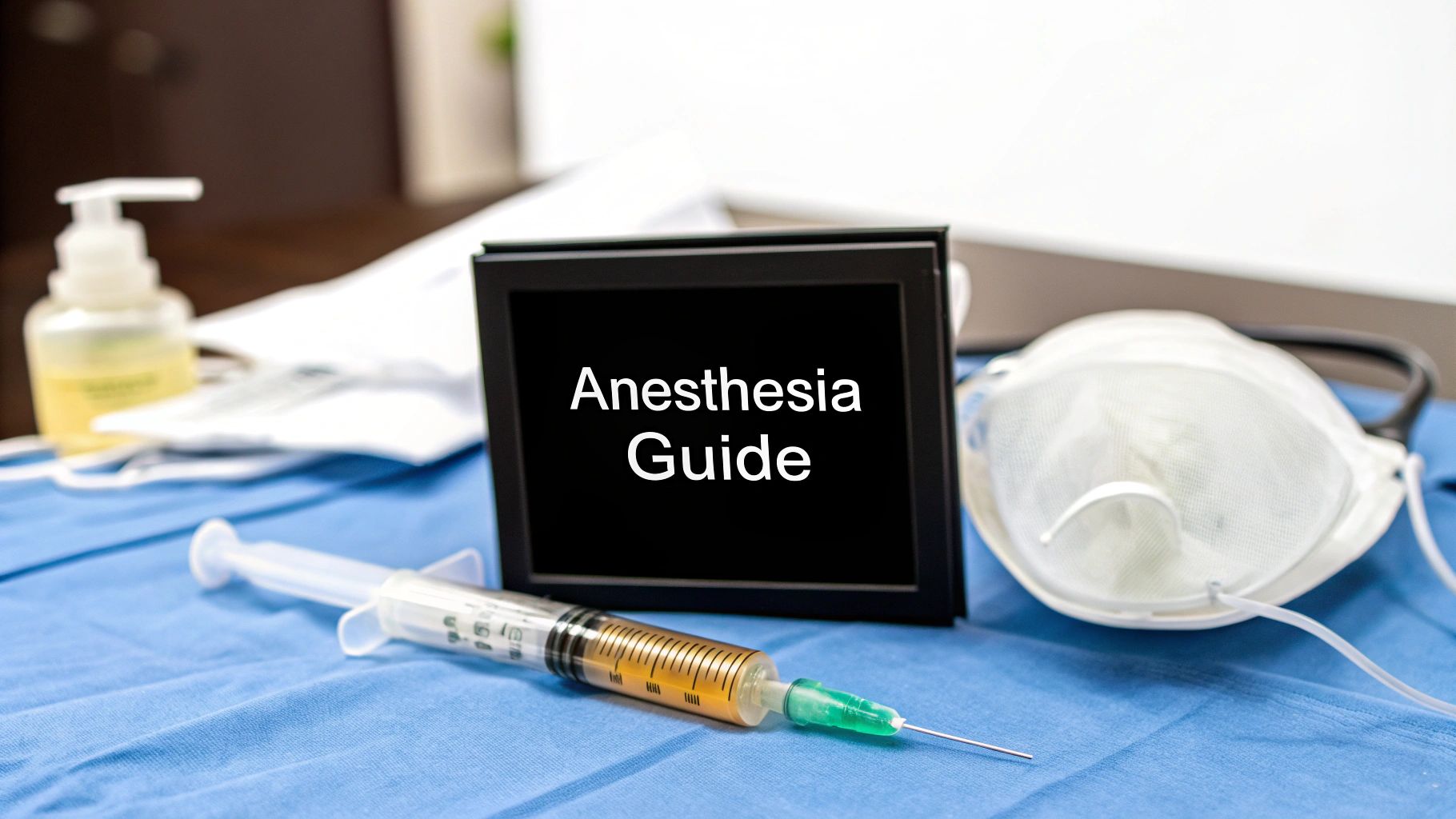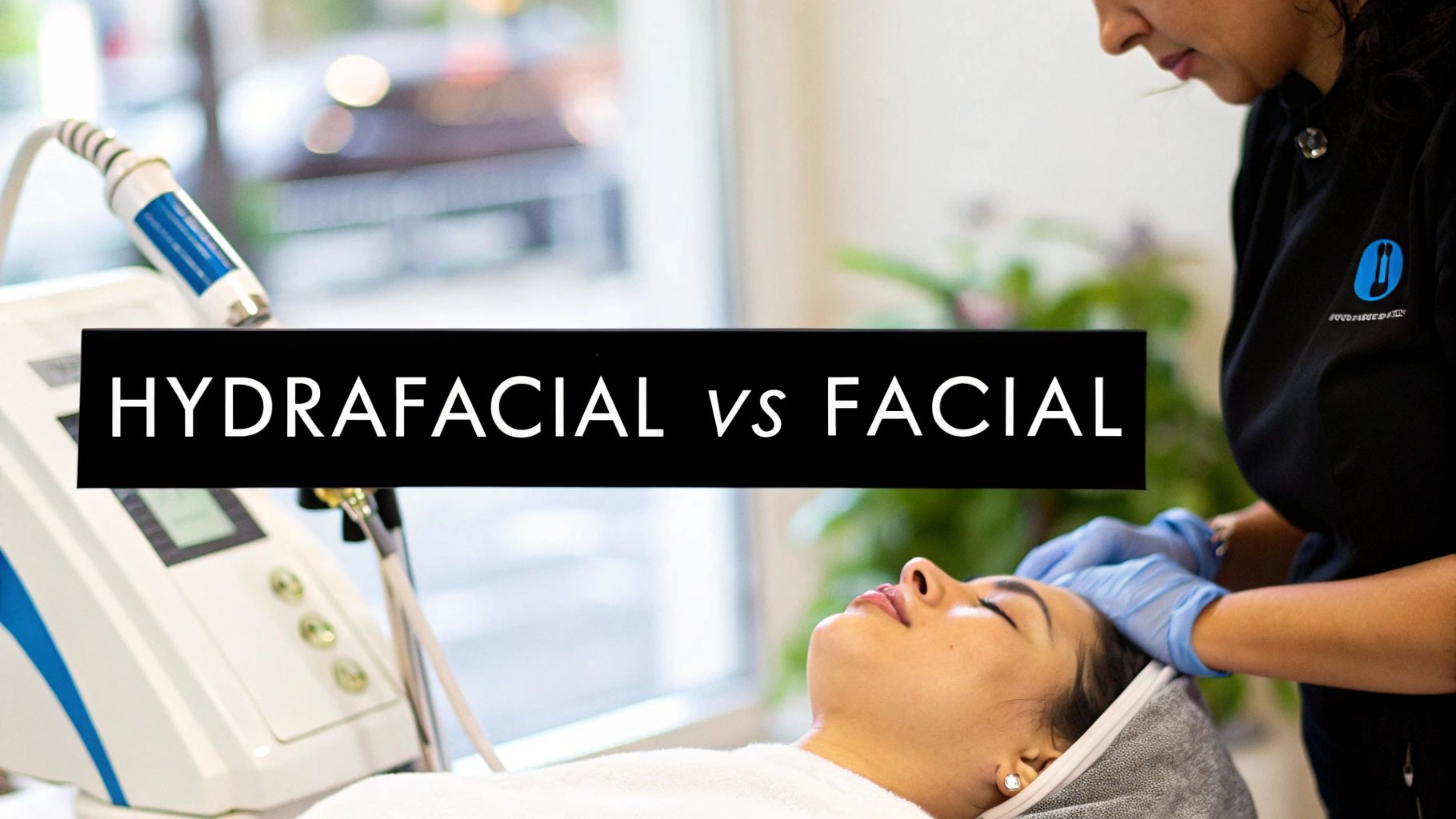
October 12, 2025
Anesthesia Types for Surgery A Patient's Guide
Discover the main anesthesia types for surgery. This guide explains general, regional, local, and sedation to help you prepare for your procedure.
Aug 24, 2025

Botox has become a household name in aesthetic and therapeutic medicine, renowned for its ability to smooth wrinkles and treat various medical conditions. But how does it really work? What are the realities behind its safety and results? This article delves into the truth about Botox, focusing on its effects, safety profile, longevity, and common myths, empowering readers with comprehensive knowledge to make informed decisions about their treatments.

Botox effects usually persist for about 3 to 4 months, though this duration can range from 2 to 6 months based on individual factors such as metabolism, muscle strength, age, and lifestyle. When administered correctly, Botox works by relaxing the muscles that cause wrinkles. This relaxation smooths out existing lines and prevents new ones from forming during the active period.
Over time, repeated Botox treatments can cause muscles to weaken or atrophy, which may lead to longer-lasting results in some cases. This effect might reduce the appearance of wrinkles even after the effects of the toxin wear off. However, it’s important to understand that Botox does not halt the underlying aging process or prevent skin from aging naturally. It primarily offers a temporary improvement in appearance.
Many factors influence how long Botox lasts, including injection technique, dosage, and post-treatment care. Proper application ensures natural-looking results and minimizes risks of stiffness or an unnatural expression. Regular maintenance treatments every 3-4 months are recommended to sustain the desired youthful look.
In summary, while Botox provides a temporary reduction in wrinkles and can influence muscle behavior over time, it does not stop aging. Its benefits are best maintained through consistent treatment and good skincare habits, alongside a focus on overall skin health.
Botox is considered a safe and effective cosmetic treatment when administered by qualified healthcare professionals. It has been FDA-approved since 1989 and has been extensively studied, with hundreds of clinical trials demonstrating its safety profile. While most adverse effects are minor and short-lived, understanding potential risks and proper post-treatment precautions is crucial for patients.
Most users report minimal side effects, including slight pain, redness, swelling, or bruising at the injection sites. For example, when Botox is used on the forehead, common reactions may include mild bruising, temporary redness, or a feeling of tenderness. Some individuals might experience headaches shortly after treatment, which typically resolve within a few hours or days. In the area around the eyes, effects such as eyelid drooping (ptosis) or uneven eyebrow elevation are possible but usually temporary. Less common are sensations of dryness or irritation in the eye or minor asymmetry in facial expressions.
Although rare, more serious complications can occur. These include vision disturbances, unintended muscle weakness, or difficulty swallowing and speaking in extreme cases. Occasionally, if the toxin spreads beyond the injection site, systemic symptoms such as muscle weakness or paralysis may be observed. Such scenarios are exceedingly uncommon when Botox is used responsibly and according to regulatory guidelines.
The skill and experience of the practitioner significantly influence both safety and efficacy. Proper injection technique, correct dosing, and accurate targeting of muscles are vital to minimizing risks. Patients are advised to seek treatment from licensed medical providers with specialized training in facial anatomy and injectable procedures.
To maintain safety and optimize results, certain precautions should be followed after treatment. Lying down for about 4 hours helps prevent toxin migration. Avoiding alcohol within 24 hours before and after the procedure reduces the risk of swelling or bruising. Strenuous exercise should be skipped for at least 24 hours, and heat exposure like hot showers or tanning beds should be avoided for 24-48 hours. Also, patients should refrain from touching or massaging treated areas for 24 to 48 hours to prevent unintended toxin spread.
Regular follow-up consultations ensure ongoing safety and help address any concerns promptly. When performed correctly and with proper aftercare, Botox remains a safe option for facial rejuvenation and other medical conditions.

Long-term neurological side effects from Botox are rare but noteworthy. In some cases, individuals may experience symptoms such as blurred vision, eyelid drooping, difficulty swallowing, facial paralysis, dizziness, and headaches. These effects generally occur when the toxin spreads beyond the targeted muscles, potentially causing effects similar to botulism. Although these symptoms are uncommon, they highlight the importance of proper injection techniques and dosage.
Repeated treatments or high doses may occasionally lead to localized muscle weakening or atrophy over time. This muscle reduction is often the result of nerve signaling being blocked persistently, which can cause muscles to shrink if used continuously.
However, current research suggests that most neurological effects are temporary and reversible. Once treatment is discontinued, nerve function and muscle strength typically return to normal. Nonetheless, it's essential that Botox is administered by trained and experienced healthcare providers. Proper technique minimizes the risk of unintended toxin spread and long-term neurological complications.
While the long-term neurological impact of Botox remains a subject of ongoing study, the consensus is that, when used responsibly, Botox is overall safe. Ongoing research continues to examine how Botox might influence nerve signals and muscle structure over extended periods, aiming to better understand and mitigate potential risks.

A common misconception about Botox is that it can cause severe or permanent brain damage. This is not true. When administered correctly by qualified professionals, Botox is considered safe. It is a purified neurotoxin that temporarily relaxes muscles and has been extensively studied for decades.
The effects of Botox typically last around 3 to 6 months, depending on individual factors like metabolism, age, muscle strength, and lifestyle. While some believe long-term use causes permanent changes, most effects are reversible. Over repeated treatments, muscles may weaken or atrophy slightly, but this is generally reversible after stopping injections.
Serious side effects are rare and often linked to improper administration or counterfeit products. Mild adverse reactions include bruising, swelling, headaches, and mild flu-like symptoms, which tend to resolve quickly.
Support for Botox’s safety comes from numerous clinical trials and its FDA approval since 1989. Despite myths, scientific evidence shows that when used responsibly, Botox offers a safe, effective, and temporary solution for both cosmetic and medical issues.
Overall, understanding the facts versus myths helps patients make informed decisions. The key is choosing a licensed, experienced provider who follows safety guidelines, ensuring Botox’s benefits are maximized with minimal risks.

The longevity of Botox results varies significantly based on individual biological characteristics. Factors such as muscle strength, skin texture, and genetic makeup play crucial roles. Some people naturally have stronger facial muscles that may cause the effects to wear off faster. Similarly, skin type and collagen levels can influence how long wrinkles stay smoothed.
Metabolic rate and daily muscle activity are vital in determining how long Botox effects last. A faster metabolism can break down the toxin more quickly, reducing the treatment’s duration. High muscle activity, such as frequent frowning or smiling, may also shorten the time Botox keeps muscles relaxed.
Lifestyle choices considerably impact how long Botox treatments remain effective. Alcohol consumption, smoking, and excessive sun exposure can accelerate skin aging and collagen loss, diminishing results. Protective habits like wearing sunscreen, staying hydrated, and avoiding excessive heat can help prolong the benefits.
The effectiveness and duration of Botox depend largely on the skill of the practitioner. Precise injection technique, appropriate dosage, and correct targeting of muscles enhance results and extend their longevity. Over- or under-dosing, or improper injection sites, can lead to shorter-lasting effects.
Proper aftercare enhances Botox longevity. Patients are advised to avoid strenuous workouts, hot showers, saunas, and facial massages for at least 24 to 48 hours post-treatment. Staying upright for a few hours and avoiding touching the face helps prevent toxin migration and supports optimal results.
Age influences Botox’s effectiveness; younger skin with good elasticity responds more favorably. As people age, wrinkles at rest become harder to treat, especially around age 60. Genetics also affect muscle behavior and skin characteristics, impacting both initial results and how long they last.
In younger patients, Botox can be used preventively by reducing muscle movement, which may delay wrinkle formation. For older individuals with established lines, Botox offers corrective benefits. Combining Botox with dermal fillers can enhance results in mature skin and improve longevity.
| Factor | Effect on Botox Duration | Additional Notes |
|---|---|---|
| Muscle strength | Stronger muscles may shorten duration | Muscle activity influences how quickly Botox wears off |
| Metabolic rate | Faster metabolism reduces longevity | Regular exercise can impact toxin breakdown |
| Lifestyle choices | Smoking, alcohol, sun exposure shorten results | Healthy habits can extend effects |
| Injection technique | Precise injections prolong results | Experienced practitioners maximize effectiveness |
| Post-treatment care | Avoid heat, massages, and strenuous activity | Supports optimal toxin placement and longevity |
| Age and genetics | Older age may limit effectiveness; genetics influence muscle behavior | Variability necessitates personalized plans |
| Preventive use | May delay wrinkle development | Best suited for younger patients to maintain skin smoothness |
By understanding and managing these factors, patients can optimize their Botox experience, achieving longer-lasting and more natural-looking results.

Once you stop receiving Botox treatments, the effects gradually diminish over a period of about three to six months. During this time, muscle activity returns to normal, and wrinkles and fine lines that were softened by Botox become visible again. Typically, wrinkles do not become worse than they were before treatment; rather, they reappear as muscles regain their strength.
Most importantly, stopping Botox does not cause any permanent damage to the skin or underlying tissues. Long-term users might notice that their facial expressions become more natural and expressive as muscle relaxation wears off, restoring normal facial dynamics. The process reflects the body's natural aging rather than an accelerated deterioration.
Consistent Botox use over two decades can result in ongoing muscle relaxation in treated areas. This can lead to a mild, reversible weakening of targeted muscles, sometimes resulting in longer-lasting wrinkle reduction beyond the usual 3-4 months. Additionally, prolonged use can subtly change the way muscles behave, such as reducing the frequency of frowning or other repetitive movements.
With continuous practice, some patients may experience a decrease in muscle bulk, which is usually temporary and recoverable. After they cease treatments, muscle function gradually restores, often leaving behind fewer wrinkles than initially existed.
Research and clinical experience show that long-term Botox use is generally safe when administered appropriately by qualified healthcare professionals. No conclusive evidence suggests it causes skin thinning or dangerous side effects. Adverse reactions are typically minor and reversible, including mild bruising or temporary muscle weakness.
It’s essential for individuals to follow medical advice, including proper dosing and scheduling, to minimize risks associated with extended treatment durations.
For many, Botox offers enhanced self-confidence and improved social interactions due to a youthful appearance. Long-term use maintains these benefits and can contribute positively to mental well-being. However, overuse or excessive treatment may lead to an unnatural or
Botox remains a widely trusted treatment for reducing wrinkles and managing various medical conditions, offering temporary yet effective results when administered correctly. Its safety profile is robust, with most side effects being mild and reversible, though long-term neurological considerations warrant caution and professional oversight. Understanding the factors that influence Botox's effectiveness and longevity—ranging from individual biology to lifestyle and injection technique—helps optimize outcomes and sustain youthful appearances. Dispelling common myths and recognizing the realities of muscle changes over time provides a balanced perspective for those considering Botox. Ultimately, an informed consultation with qualified practitioners ensures tailored treatment plans that prioritize both safety and natural-looking results.

October 12, 2025
Discover the main anesthesia types for surgery. This guide explains general, regional, local, and sedation to help you prepare for your procedure.

October 11, 2025
Learn the key differences between hydrafacial vs regular facial to choose the right treatment for glowing, healthy skin. Read our expert guide now!

October 10, 2025
Explore the best treatments for sagging skin, from non-invasive to surgical options. Find the perfect solution to restore your youthful appearance.